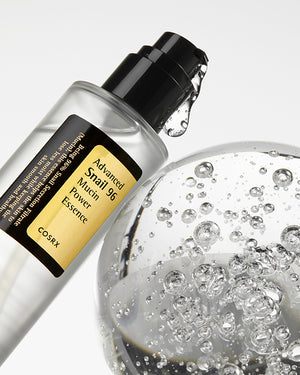All about hair growth
|How is hair created?

The hair follicle is like a "production factory" for hair. The bottom part of the follicle, known as the hair bulb, is the "production room,” where various cells work together systematically to create hairs.
- Dermal papilla cells: The dermal papilla functions like the control tower of the factory. It supplies the materials needed for hair production and gives instructions for the process. Located at the very bottom of the hair follicle, the dermal papilla is a protruding structure made up of capillaries and dermal papilla cells. Nutrients and oxygen required for hair production are delivered through the capillaries in this area. And the dermal papilla cells send signals to surrounding cells to start hair production and regulate when and how much hair will grow.
- Matrix cells: Matrix cells can be compared to the workers directly responsible for producing hair. These cells, which surround the dermal papilla, form hair made of the hard protein keratin through active cell division and keratinization. As this process continues, the new hairs are gradually pushed upward and eventually fall out of the follicle.
- Melanocytes: The melanocytes, located adjacent to the dermal papilla, are responsible for adding color to the hair. Just like the skin, they produce melanin pigments, which are absorbed into the matrix cells before they undergo keratinization, determining the color of the hair.
In this way, various cells within the follicle actively communicate with each other to create hair. However, unlike nails or skin, which continuously form keratin, the hair follicle produces hairs in a cyclical process, where they eventually fall out over time. We call this process the hair cycle.
|Hair growth cycle
Our hair follows a precise cycle. Let's take a look at the four stages of hair growth step by step.
 ① Anagen: Hair growth phase
① Anagen: Hair growth phase
This is the stage where new hair is formed and grows longer. As we can see from the hair covering our scalp, about 85-90% of our hair is in the growth phase. The anagen phase lasts for about 2-6 years, with a slight gender difference of 3-5 years for men and 4-6 years for women. During this period, follicular cells are actively proliferating and differentiating. At the same time, melanin pigments are produced, giving the hair its natural color.
② Catagen: Hair regression phase
The catagen phase is when hair growth stops. Only about 1% of all hair is in this phase, which lasts for 2-3 weeks. The hair follicle gradually shrinks, and the hair starts to separate from the dermal papilla cells. During this time, follicular cells degenerate, and the production of melanin pigments also stops.
③ Telogen: The phase just before hair shedding
Approximately 11-13% of all hair is in the telogen phase. This stage is a resting phase before new hairs begin to form, like the hibernation period for animals. The activity in the hair follicle stops, and the hairs enter a "waiting state" before shedding.
④ Exogen: Shedding phase
After 2-4 months in the telogen phase, new hairs begin to grow, causing the existing hairs to naturally fall out. This is a normal part of the healthy hair cycle, and the hair that falls out during daily life is part of this process.
The hair growth cycle is surprisingly designed to repeat about 25 times throughout our lifetime. However, this rhythm can be altered by various factors we encounter in life. What happens if the hair cycle repeats too quickly, or if the hair follicles stay in the telogen phase only? More hair will fall out faster than originally designed. Pay close attention to how much hair is falling out. While hair loss is a normal occurrence, if more than 100 hairs fall out consistently per day, it might be time to consider scalp care.
Reference
Journal of cell science, 119(3), 391-393. (2006)
Clinical and experimental dermatology, 27(5), 389-395. (2002)










